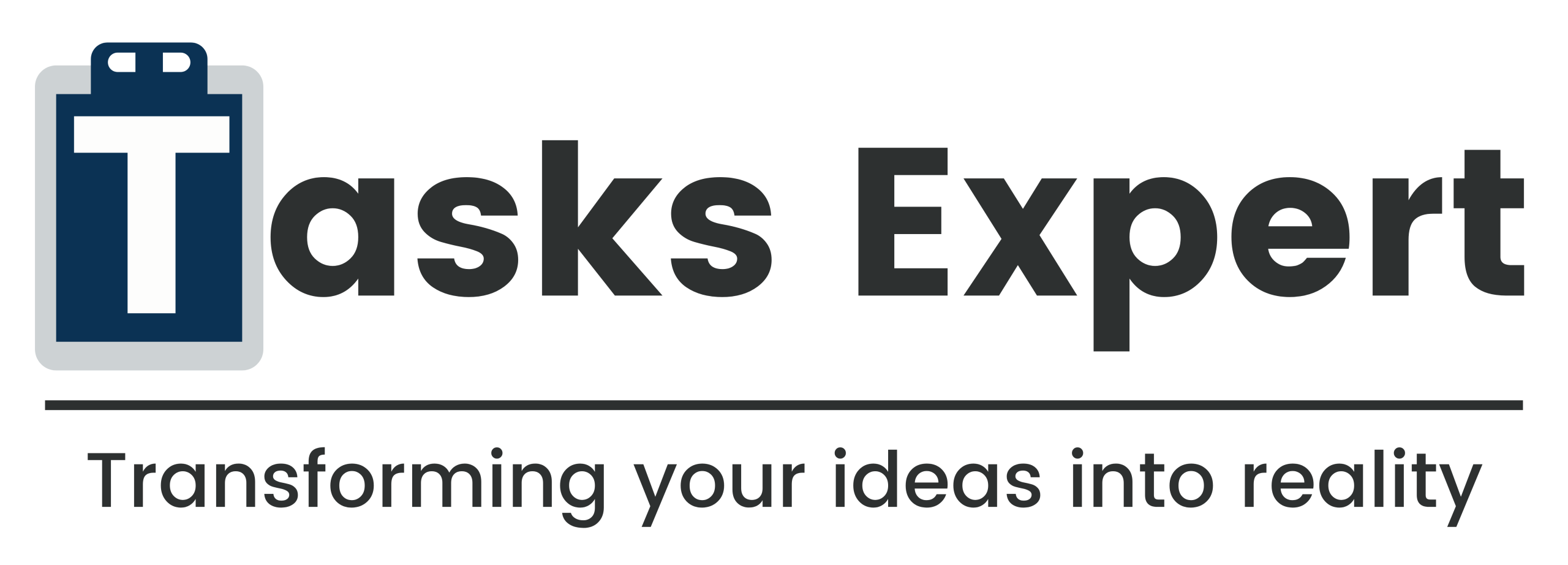Introduction
The Best Amazon Automation Service needs a professional setup to implement for your Amazon store. This setup follows certain steps to get involved in automation completely. In addition, it employs the latest methods and mastery to help Amazon vendors begin, grow, and maximize their Amazon businesses. Rather than managing everything related to product choosing and follow-up activities, we reduce human error, save time, and enable sellers to focus on expansion.
Amazon automation is becoming increasingly popular because it doesn’t just offer companies convenience; it also offers them a competitive edge. In an environment in which timing, prices, and customer experience can both create and destroy a brand, intelligent operations are paramount. It’s essential.
This blog guides you through each core stage of the automation setup process, from your initial strategy call to product launch and beyond.
Let’s first get into the basics by knowing about what Amazon automation is and more about its services.
What Exactly Is Amazon Automation?
It’s critical to clarify what Amazon automation is and isn’t before beginning the setup process. Pushing a magic button and expecting a fully operational firm to appear overnight is not what Amazon automation is all about. It’s a lean framework process of responsibilities and monitoring designed to ensure your store functions efficiently with less manual effort.
Amazon automation reduces work, gets rid of inefficiencies, and improves scalability by combining technological solutions with human control. If done correctly, it turns a one-man operation into a system-driven enterprise.

Automation Is:
- Using data tools to identify profitable products and trends.
- Managing listings, pricing, and inventory through smart systems.
- Running targeted PPC ad campaigns with performance algorithms.
- Providing fast, consistent customer support through workflow templates.
Automation Is Not:
- A hands-off “get rich quick” shortcut.
- A one-size-fits-all service model.
- A reason to ignore Amazon’s strict compliance rules.
The top Amazon automation solution blends strong technology with expert operators who modify your plan as needed, not only when you first start it. This human-software hybrid is the key to long-term success, rather than merely short-term outcomes.
The Tech Stack Behind Amazon Automation Services
Operating an automated Amazon business needs more than spreadsheets and guesswork. The top Amazon automation agency employs an integrated technology stack that manages, monitors, and optimizes all moving pieces of the business, from sourcing through shipping and customer service. These systems remove bottlenecks and human mistakes and provide your business with scalability so it can grow.
The technology stack of high-end Amazon automation services underlies all from Amazon FBA automation services to Amazon backend operations automation, delivering smooth workflows and actionable insights. The tools are critical to driving optimal operational performance, product listing management, supply chain streamlining, and marketing efficiency improvement. When you spend money on a full-fledged Amazon business automation service, you gain access to scaling without needing to employ a huge in-house staff.
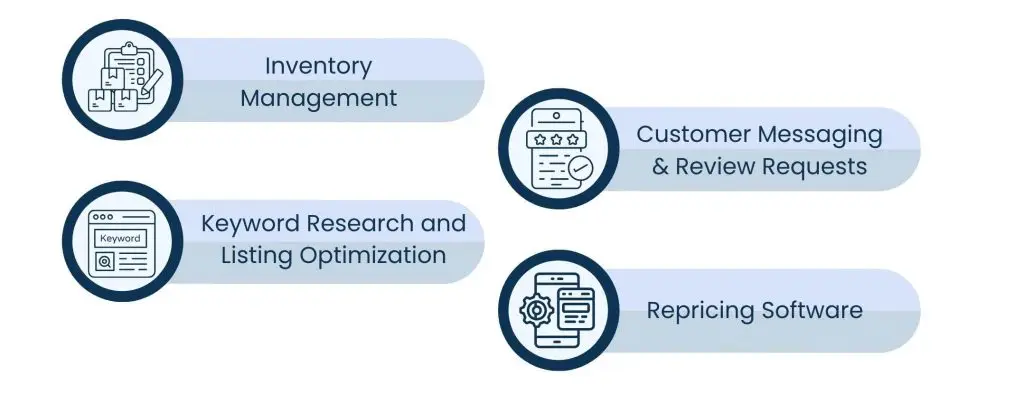
Here’s what a solid automation tech stack usually consists of:
- Inventory Management: Inventory managed with SoStocked and RestockPro tells about demand, automates reordering, and prevents stock shortages.
- Keyword Research and Listing Optimization: Data Dive, Jungle Scout, Helium 10, and other tools help uncover the best-performing keywords for listing optimization.
- Customer Messaging & Review Requests: To handle messaging flows, and automate feedback collection tools like ManyChat and FeedbackWhiz are implemented.
- Repricing Software: RepricerExpress and BQool monitor competitors and dynamically tweak your pricing strategy.
A full-service Amazon automation agency knows how to align these tools into a single cohesive operation. It’s not just about having software—it’s about having the expertise to deploy, manage, and optimize that software for sustained performance.
High-performance Amazon automation services don’t rely on guesswork. The right tech stack drives precision, speed, and insight across every element of your ecommerce operation.
Also Read: Crypto Chart Snapshot Designer
Backend Automation: The Hidden Engine of Your Amazon Store
Much of what makes the best Amazon automation service truly effective happens behind the scenes. Here, Amazon backend operations automation subtly drives your company’s operations, guaranteeing smooth daily operation of the workflows related to inventories, customer support, and compliance.
Amazon automation services automate time-consuming or error-prone processes that are too difficult to complete by hand by using intelligent technologies. Your store is susceptible to errors, lost opportunities, and expensive delays if certain backend systems are not in place.

Core Backend Functions That Get Automated:
- Customer Support: Auto-responses for common questions, real-time support ticket tracking, and automated refund processing.
- Reimbursements: Automated scanning for lost or damaged inventory, filing claims with Amazon, and tracking reimbursement payouts.
- Fee Audits: Monitoring for FBA overcharges, incorrect storage fees, and weight/dimension miscalculations.
- Reorder Triggers: Intelligent systems that send restock alerts when inventory levels dip below set thresholds.
A full-service Amazon business automation service synchronizes these backend duties with your front-end operations. Backend automation guarantees that you remain responsive, compliant, and operational without having to micromanage every little element, whether you’re operating a private label brand or an FBA model.
This is the foundation of effective Amazon FBA automation services; it is silent, effective, and necessary for growing economically in the current market.
Get a complete understanding of what happens during setup, which will allow you to make well-educated decisions and avoid costly mistakes. For if you need a private label business or are optimizing an existing portfolio. Let’s take this step by step.
How Automation Powers Private Label Success?
In the fiercely competitive world of private label sales, operational effectiveness and brand distinction are essential. By optimizing essential processes and eliminating manual bottlenecks, the top Amazon automation service for private labels offers sellers a major competitive advantage. With automation, the private label journey is no longer a dangerous single endeavor but rather a process supported by technology, data, and skilled teams.
Sellers can launch and scale their private label businesses more quickly, correctly, and with less guessing when they use Amazon’s sophisticated automation capabilities. These services guarantee competent customer support, inventory tracking, and SEO-optimized product listings—all crucial components of sustained company expansion.

Here’s How the Best Amazon Automation Service for Private Label Helps:
- Brand Protection: Real-time alerts for listings and unauthorized edits.
- Content Syndication: Automated distribution of brand assets across multiple product listings.
- Trademark Monitoring: Constant IP monitoring to protect your brand name and logo.
- Review Generation: Automated post-purchase emails and review request workflows.
With a full-service Amazon business automation service, sellers don’t just survive, they scale. Amazon FBA automation services are engineered to minimize human error, streamline operations, and build long-term value, whether you’re launching a single ASIN or a full brand catalog. This is the future of private label success.
Phase 1: Initial Consultation and Discovery
Every partnership begins with alignment. The best Amazon automation service will start with a consultation that dives deep into your business goals, experience level, and available capital.

What This Includes:
Business Profile Assessment: They will examine whether you plan to start a dropshipping, wholesale, or private label business model.
- Financial Planning: This stage describes your risk tolerance, cash flow cycles, and budget expectations.
- Setting goals: Are you seeking a fast exit strategy, long-term brand development, or passive income? long-term brand building, or a quick exit strategy?
At this point, reputable providers differentiate themselves. The top-tier Amazon automation services ask the right questions and offer transparent roadmaps, not vague promises.
Phase 2: Amazon Account Setup and Compliance Check
If you’re starting from scratch, the service handles full Amazon seller account creation. For existing sellers, they perform a deep compliance audit to ensure you’re not violating Amazon’s ever-changing policies.
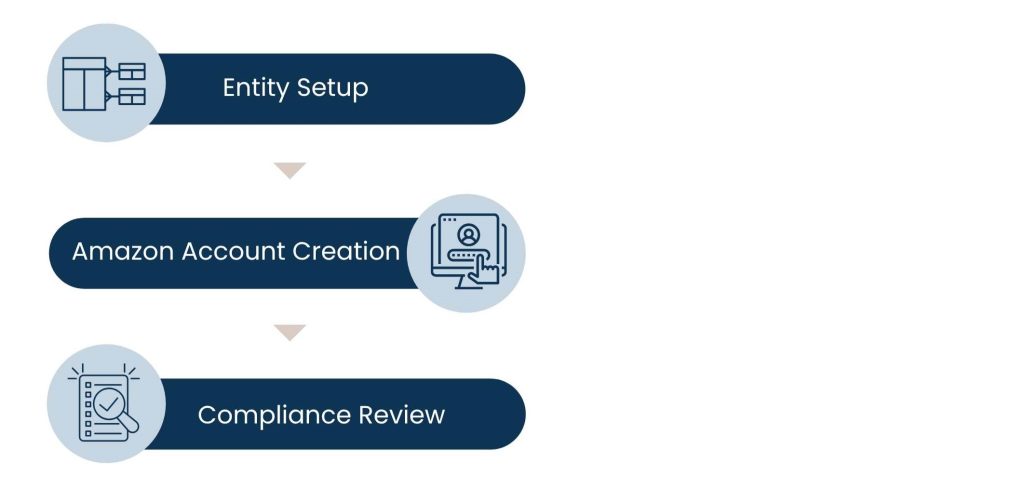
What Happens Here:
- Entity Setup: Assistance with LLC creation, EIN registration, and tax documentation.
- Amazon Account Creation: Setting up professional seller accounts, tax interviews, and bank verifications.
- Compliance Review: Checking for issues like ASIN violations, trademark conflicts, or past suspensions.
This is where a full-service Amazon automation agency shines. They have legal experts and backend professionals to make sure you’re in good standing before inventory or listings come into play.
Phase 3: Market Research and Product Selection
This is the foundation of your store’s success. Great automation services don’t use guesswork—they use tools, trends, and data to zero in on profitable product opportunities.
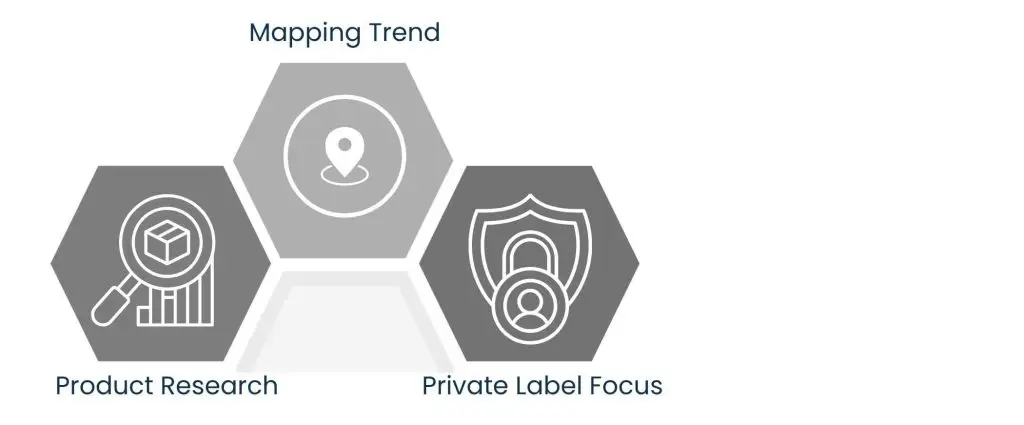
Key Steps:
- Product Research: Using software like Helium 10 or Jungle Scout to analyze keywords, search volume, and competition.
- Mapping Trend: Analyzing search volume, keywords, and competition using software like Helium 10 or Jungle Scout
- Private Label Focus: If you’ve opted for the best Amazon automation service for private label, they’ll validate your brandable product niche and help you avoid saturated categories.
Product selection is where many Amazon sellers fail. With automation, you get access to analysts who filter noise, reduce risk, and make sure your first move is the right one.
Phase 4: Outsourcing and Product Procurement
The next stage begins with selecting goods: Sourcing from reliable, reasonably priced providers. The best services have vetted manufacturer lists and existing relationships that accelerate this step. The best services have vetted manufacturer lists and existing relationships that accelerate this step.

What’s Covered:
- Reaching out to suppliers, settling on terms, and asking for samples are all examples of manufacturer outreach.
- Testing and examining samples before full manufacturing is known as quality assurance.
- Organizing the delivery of goods from foreign vendors to Amazon’s fulfillment facilities is known as logistics coordination.
This phase combines automation with human supervision in real time. Numerous leading solutions streamline communication, inventory visibility, and tracking by integrating with ERP systems.
Phase 5: Branding and Listing Creation
No matter how good the product is, it won’t sell without optimized branding. This step is where Amazon automation becomes marketing automation.

Deliverables Include:
- Logo and Brand Kit Design.
- Optimizing with Keyword-rich titles, bullet points, and descriptions.
- A+ Content and Enhanced Brand Content.
- Photography and Video Production.
By this point, the Amazon business automation service is crafting listings that convert. They also integrate backend tools for keyword indexing, PPC readiness, and SEO to maximize traffic.
Phase 6: Inventory Management and FBA Prep
With branding complete and supplier logistics locked in, it’s time to prepare for Amazon’s fulfillment systems. Most services route your products through FBA (Fulfilled by Amazon) for hands-off shipping and returns.

This Step Includes:
- FBA Prep: Labeling, packaging, and compliance with Amazon’s storage requirements.
- Automating Inventory: Setting up notifications, reorder levels, and shipment schedules are all examples of inventory automation.
- Warehouse Coordination: For vendors using hybrid fulfillment systems or logistics firms.
The best Amazon FBA automation services incorporate inventory management tools that provide real-time visibility, measure margins, and avoid stockouts.
Phase 7: Automation of Marketing and Launch Strategy
After your product goes online, visibility and conversion become the main priorities. With a combination of paid and organic tactics, marketing automation steps in at this point.
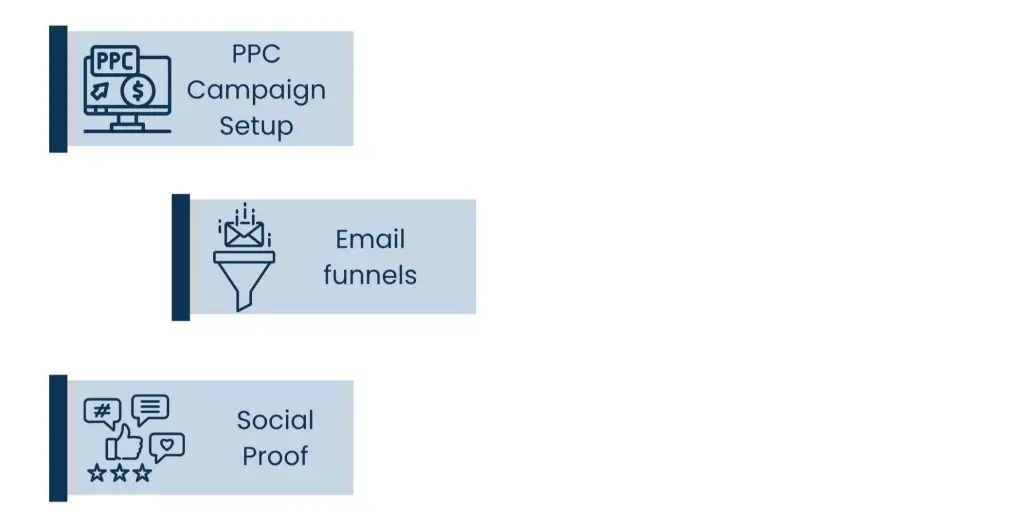
Strategy Breakdown:
- PPC Campaign Setup: Manual and automated campaigns to optimize bids and test keywords.
- Email funnels: They include upsell offers, review requests, and emails sent after a purchase.
- Social Proof: Making use of early bird discounts, influencer outreach, and reviews.
Automation tools like Seller. The strategy uses tools such as Amazon’s Brand Analytics and ManyChat to optimize ads and increase ROI.
Phase 8: Backend functions and scaling
After the launch, the real work begins. A robust Amazon backend operations automation system is what keeps everything running smoothly at scale.
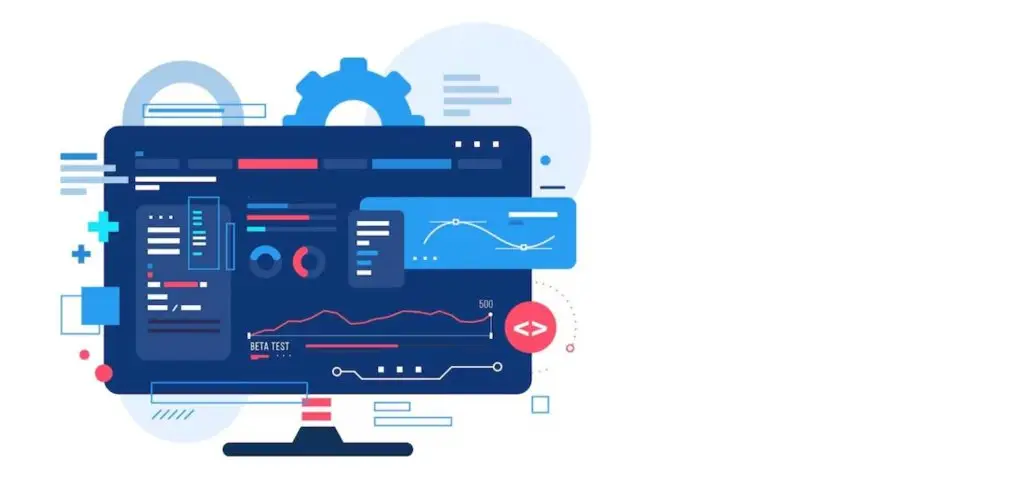
Key Features:
- Profit Tracking and Accounting Dashboards.
- Customer Service Automation.
- Return and Refund Management.
- Ongoing Listing Optimization.
This backend intelligence separates good services from great ones. It ensures that as sales increase, your stress doesn’t.
Phase 9: Performance Reporting and Strategy Updates
Every successful seller needs to know what’s working and what’s not. Ongoing reporting and data analysis are a core part of a professional automation service.

You’ll Get:
- Weekly or Monthly Performance Reports.
- ROI Breakdown.
- Operational Bottleneck Alerts.
- Quarterly Strategy Sessions.
This ensures you’re not flying blind. The best Amazon automation services are always fine-tuning, testing, and adapting based on performance metrics, not just coasting on autopilot.
Conclusion
The best Amazon automation service works best if you want to establish a dependable, lucrative business on Amazon without becoming bogged down in the daily work. Only when done correctly does it affect the game. Choosing the incorrect partner could leave you with inflexible methods, bad inventory choices, or long-term service contracts that fail to deliver good results.
The right Amazon automation services offer more than just software—they deliver real strategy, experienced support, and scalable systems. Whether you’re targeting growth through Amazon FBA automation services or building a private label brand, the right service will guide you through every phase, from setup and compliance to backend operations and reporting.
Look for a full-service Amazon automation agency with a track record of success. They should offer real-time performance updates, compliance support, and personalized strategy, not cookie-cutter playbooks. Make proper enquiries on the tools they use, the processes they follow, and the case studies.
In the end, automation should give you clarity, along with simplifying the tasks. Select and get efficiency and the freedom to focus on scaling your brand, without handling the clutter.
If you opt for automation, look for teams with good Amazon experience, operational discipline, and clear deliverables. A great option worth considering? Tasks Expert. Their setup process is comprehensive, transparent, and designed for results.
About Us
Tasks Expert offers top-tier virtual assistant services from highly skilled professionals based in India. Our VAs handle a wide range of tasks, from part time personal assistant to specialized services like remote it support services, professional bookkeeping service etc. Furthermore, it helps businesses worldwide streamline operations and boost productivity.
Ready to elevate your business? Book a Call and let Tasks Expert take care of the rest.




